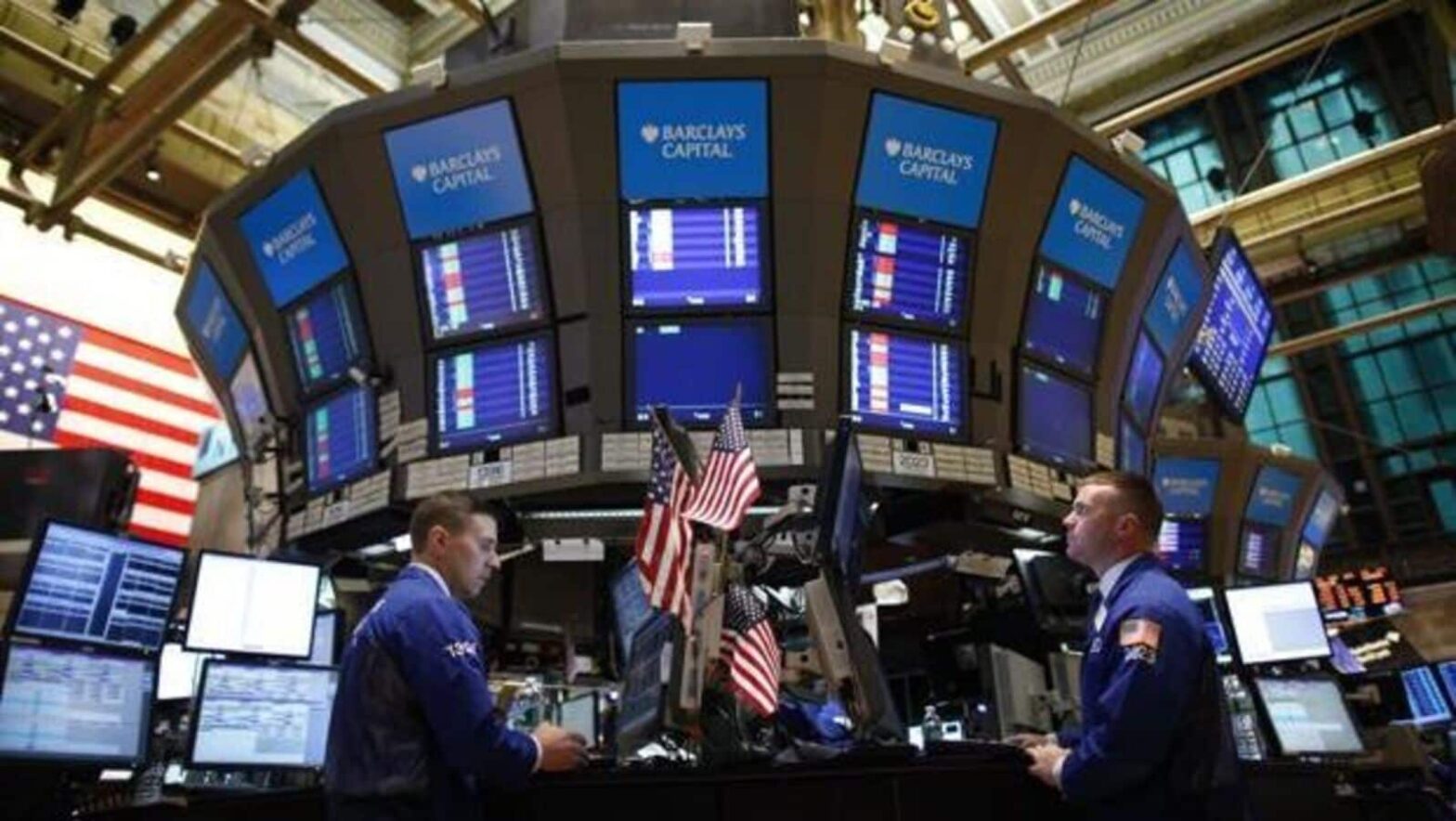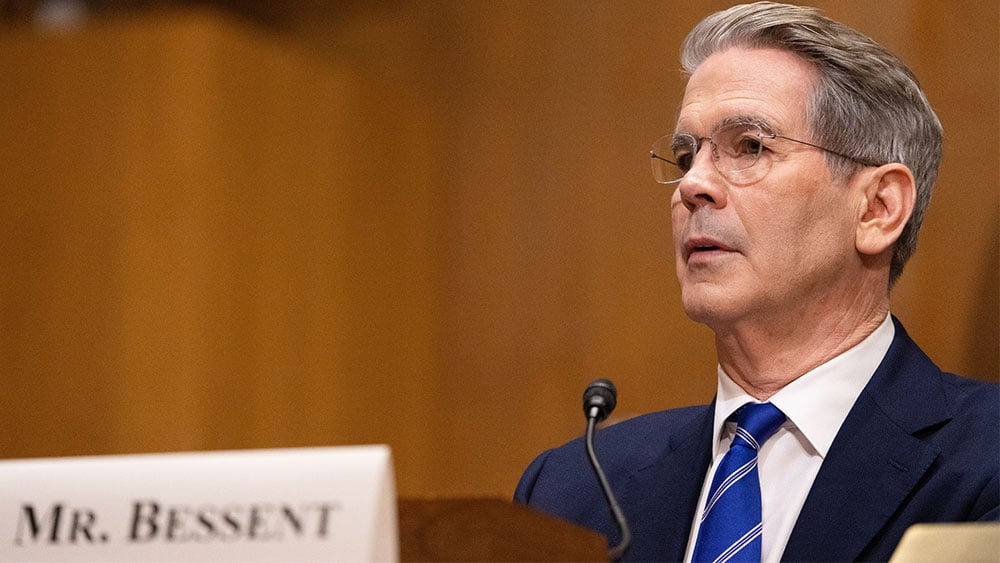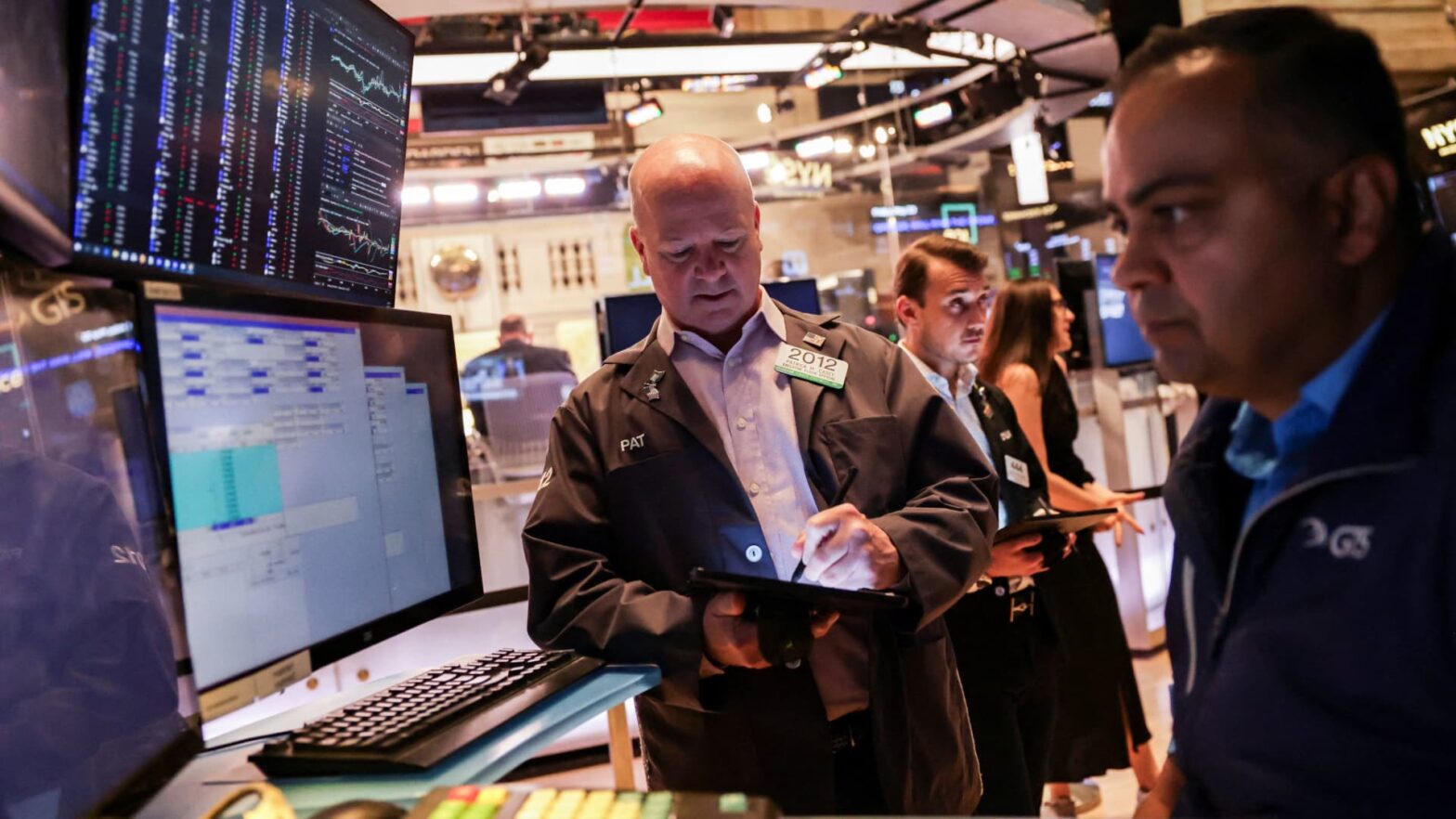
Among critical metals, tungsten is one of the most crucial to national security, given its diverse applications as the hardest, heaviest, densest and most elastic metal on the planet. These include:
- Military use-cases in shells, bullets, missiles and tank armor, the latter more easily marketable than standard depleted uranium-based products.
- Semiconductors, specifically the tungsten hexafluoride gas required for
production, granting tungsten exposure to AI‘s high-growth over US$240 billion global market. - The manufacturing of cutting tools for drilling, milling and sawing, as well as robotic arms.
- In electric vehicles, boosting battery longevity, stability and energy density thanks to its high heat resistance. The average EV uses about 2 kg of tungsten, with that figure increasing by 1-2.5 kg with the use of tungsten-niobium batteries.
With expected long-term tailwinds from each of these industries at its back, tungsten commands a US$5 billion global market expected to almost double to US$9.51 billion by 2030, according to Maximize Market Research, with prices stabilizing at higher levels over the past few years as the critical metal emerged as one of the most at risk of running out of conflict-free supply.
The Western shift away from Chinese tungsten dominance
Currently 48 per cent of tungsten reserves and 84 per cent of production stem from China, according to the International Tungsten Industry Association, granting the country outsized control, which it has exercised to the detriment of the global market.
The communist nation announced export controls in November 2024 following proposed US tariffs and sanctions, officially implementing the restrictions in February 2025, which are pushing tungsten prices higher as the supply chain continues to tighten. China could also potentially lift a long-standing ban on tungsten scrap imports to further fortify its dominant share of the global market.
In response to these authoritarian tactics, the United States and Europe have been actively shifting supply away from China:
- In the case of the US, the Trump administration issued an executive order to bolster domestic critical mineral production and supply chains in March 2025, and the 2022 Reeshore Act will prohibit the use of Chinese tungsten in military equipment beginning in 2027. It’s worth noting that, although tungsten remains exempt under Trump’s tariff regime, North America has no domestic tungsten production.
- The European Union, for its part, renewed anti-dumping duties on tungsten carbide imported from China for another five years to encourage scrap recovery in member countries.
This dynamic is causing a mass pivot towards long-life tungsten resources in conflict-free countries, backed by leadership teams well-versed in creating shareholder value, making companies that stand up to due diligence key considerations for your next investment.
A tungsten producer for the Western world
A stock ideally positioned to capitalize on growing tungsten demand is Allied Critical Metals (CSE:ACM), market capitalization C$24.72 million, a newly-listed company exploring and developing a portfolio of tungsten projects in mining-friendly Portugal, including a flagship resource valued at more than US$600 million in the ground according to prices on May 12, 2025.
On track for near-term, low-cost production, supported by excellent infrastructure and strong exploration upside, Allied is positioned to become a leading provider of conflict-free tungsten to Western markets. That said, the tungsten stock, holding strong between C$0.20 and C$0.25 since beginning trading in April 2025, has yet to reflect this monumental potential, making it a perfect time to delineate the strong reasons for conviction behind the company’s three major assets.
The Borralha tungsten project
Allied Critical’s 3.8-square-kilometre Borralha project – located only 80 km from Porto, like the rest of its portfolio – was once the largest tungsten mine in Portugal and features a 2024 resource estimate that only scratches the surface of its potential. The estimate breaks down as follows:
- 4.98 million tonnes averaging 0.22 per cent (2,200 grams per tonne (g/t)) tungsten trioxide, 97 g/t tin, 762 g/t copper and 4.8 g/t silver indicated.
- 7.01 million tonnes averaging 0.20 per cent tungsten trioxide, 83 g/t tin, 642 g/t copper and 4.4 g/t silver inferred.
- In terms of contained metal, these resources combine for 24,721 tonnes of high-grade tungsten (Wolframite), 1,063 tonnes of tin, 8,300 tonnes of copper and 55 tonnes of silver, representing approximately US$600 million in the ground.
Borralha’s robust deposit is substantiated by historical and Allied Critical drilling (slide 8), as well as historical production of 10,280 tons of wolframite concentrate – a high-grade tungsten ore – from 1904-1985 at an economical grade of 66 per cent. Additionally, the project’s demonstrated high grades, low-cost drilling at US$236 per metre all-in and high metallurgical recovery rates of up to 95 per cent set it up to be a low-cost producer.

Management intends to double the resource and further a pre-feasibility study with a 5,000 m drilling program set to kick off this week at a cost of about C$2 million, with only about half of the property’s Santa Helena Breccia, representing about 70 per cent of known mineralization, having been drilled to date.
The Vila Verde tungsten-tin project
The tungsten stock complements its flagship Borralha with the Vila Verde project, a tungsten and tin asset 45 km to the southeast, housing a preliminary historic inferred resource split into 4 million tonnes grading 1,347 g/t tungsten trioxide in the Cumieira zone and 3.3 million tonnes grading 961 g/t Wolframite tungsten (W3) in the Porqueira zone.
These tonnes are bolstered by impressive exploration upside, given that Vila Verde’s land packaged is three times larger than Borralha’s and boasts plenty of supporting historical work, including:
- 17 drillholes spanning 2,103 metres, unveiling a 2.1 km x 1 km tungsten-tin mineralized system in the Cumieira zone and a 1 km x 500 metre system in the Porqueira zone.
- Numerous old mine workings, such as the Valedas Gatas mine, once the third-largest tungsten mine in Portugal until its closure in 1986.
Borralha and Vila Verde jointly hold a mining license to process up to 150,000 tonnes per year, which would double to 300,000 tonnes upon completion of a feasibility study, granting the tungsten stock a clear runway to initial revenue of ~C$5 million.

With strong support from local municipalities, management is focused on trenching, sampling and 5,000 m of drilling to usher Vila Verde towards a maiden resource estimate in 2025 – at a cost of about C$2.5 million – with eyes on unlocking value above and beyond Borralha and setting the company up for globally attractive production from a pilot plant expected to come online in Q4 2025.
The Vila Verde tungsten concentrate pilot plant
Allied Critical differentiates itself from other junior critical metals stocks by way of near-term production through its Vila Verde pilot plant, which is on track to yield initial tungsten concentrate by the end of 2025, uniting upstream supply with mid-stream manufacturers and helping the company self-fund its growth initiatives.
The company intends to fund plant construction through non-dilutive sources, with numerous discussions with interest parties underway and a Q1 2025 letter of intent towards its first offtake agreement with Global Tungsten & Powders, a Pennsylvania-based refiner, likely to help to convert a robust global sales pipeline, including governments and other refiners, into tangible deals.
The letter of intent sets a framework for Global Tungsten to purchase at least 12,000 metric ton units (MTUs) of W3 per year – contained in 65 per cent concentrate – priced according to European APT (ammonium paratungstate) quotes provided by Fastmarkets.
The preliminary deal, which Chief Executive Officer Roy Bonnell expects to become more robust over the next three months, is expandable to 15,000 MTUs per year prior to signing a definitive agreement, de-risking Allied Critical as a reliable tungsten provider aligned with U.S. interests.
Management will focus on equipment, fabrication and securing further offtake agreements in phase-I pilot plant development (US$5 million), followed by hiring and strategic capacity increases in phase II (additional US$2 million), at estimated total costs of nearly US$7 million. Long-term plans include scaling the plant to a capacity of 1 million tonnes per year.
“There’s no real magic to the construction of this pilot plant. There are no technical hurdles,” Bonnell stated in an interview with Stockhouse. “We’ve been working with a company specialized in pilot plants just on the other side of the border in Spain and the equipment is off the shelf. It’s a very quick road to revenue.”
Having recently closed a C$4.6 million funding round, as partnership talks continue to progress, Allied Critical is shifting into high gear towards more drilling, pilot plant construction and eventual production as a reliable contributor to the global tungsten supply chain.
Leadership well-versed in exploration success
The tungsten stock’s high-potential trajectory, yet to be recognized in the share price, is significantly de-risked by a leadership team with 15 per cent insider ownership and well-rounded mining experience, including successful track records in global exploration, discovery, early-stage development, executive leadership, legal and capital markets. Let’s meet them now:
- Roy Bonnell, Director and Chief Executive Officer (CEO), brings 30 years of leadership across capital markets, natural resources and venture capital. He previously served as Chairman of Thesis Gold (TSXV:TAU), whose flagship project houses resources of 4 million ounces of gold equivalent measured and indicated and 727,000 ounces of gold equivalent inferred, and Director of Founders Metals (TSXV:FDR), a gold explorer in Suriname with a multi-year track record of converting exploration upside into shareholder value, generating an 8.6x return since 2021.
- João Barros, Director and President, has amassed over 20 years in the mining industry specializing in exploration, environmental impact studies and feasibility assessments for Portuguese mining operations. He currently serves as President of Redcorp–Empreendimentos Mineiros and Ascendant Resources (TSX:ASND), a gold mining company with established resources in Portugal.
- Andrew Lee, Director and Corporate Secretary, is a 15-year veteran in public mineral exploration, including gold development in Ecuador and phosphate in Guinea-Bissau, West Africa. Lee is currently Managing Director at York Harbour Metals (CSE:YORK), a junior miner with a highly-prospective past-producing copper, zinc and silver project in Newfoundland.
- Sean O’Neill, Director and Non-Executive Chairman, is Head of Securities at Boughton Law, where he has put in over 20 years advising global mining companies about corporate and securities law.
- Colin Padget, Director, has been involved in mineral exploration for over a decade, most recently as the Director, President and CEO of Founders Metals.
- Michael Galego, Director, is a co-founder and director of numerous businesses, including CSE and TSXV-listed companies, with over 10 years in corporate finance and M&A. He is Chief Legal Officer, Director and Co-Founder of LNG Energy Group (TSXV:LNGE) and CEO of Apolo Capital Advisory, and previously served as CEO of Stronach Group, Agricultural Division, as well as Director at Woulfe Mining, playing an instrumental role in its sale – including its Sangdong tungsten mine in South Korea – to Almonty Industries (TSX:AII).
Under the guidance of mining experts in the field, as well as the C-Suite, Allied Critical’s high-quality, early-stage assets are in the right hands to pursue a leadership position in tungsten production outside of China. The company’s latest push in this direction, according to Bonnell, involves ongoing discussions with the Portuguese government to designate its projects as national priorities, which would expedite funding and permitting.
Despite the tungsten stock’s high-conviction value proposition, the market has yet to take notice because of the presently risk-averse investment climate, clearing the way for an undervalued allocation with a near-term production catalyst.
A high-potential tungsten play hiding in plain sight
Broadly speaking, investors are currently trepidatious about the future, influenced by persistent consumer inflation, uncertainty about the effects of Trump’s tariff regime on the global economy, widespread deglobalization, as well as numerous conflicts around the world disrupting millions of lives and the supply chains they keep in business.
This high level of investor fear, as has been the case across market history, often leads to imbalances in the market’s ability to discern value, pricing quality assets well below their potential and creating a margin of safety for active investors to capitalize on.
Allied Critical Metals fits comfortably in this framework, as it offers exposure to all the green flags for a significant, high-probability outcome, including an in-demand commodity, robust assets, a strategic jurisdiction, tailor-made management, near-term production and a favorable macroeconomic environment incentivizing the strengthening of domestic tungsten supply chains.
“We think Allied’s value proposition is differentiated because we have significantly mitigated the risks commonly associated with early-stage miners,” Bonnell concluded. “We’re developing pre-existing mining operations. We deal in a commodity that’s easily processed in a respected jurisdiction. We’ve also spent about 4 million dollars in drilling as a private company to validate mineralization, which historically produced 66 per cent concentrate with equipment less technically sophisticated than what we have today. With none of these risk-mitigating factors reflected in our valuation, we think we represent an attractive opportunity for investors.”
Without even the hint of a stock price re-rating as of May 20, investors can still get in before broader market recognition – joining Allied Critical’s sizeable 25 per cent institutional ownership – and potentially benefit should pilot plant cash flow and continued tungsten price strength tip the market off about the company’s outsized upside.
Join the discussion: Find out what everybody’s saying about this tungsten stock on the Allied Critical Metals Inc. Bullboard and check out Stockhouse’s stock forums and message boards.
This is sponsored content issued on behalf of Allied Critical Metals Inc., please see full disclaimer here.












